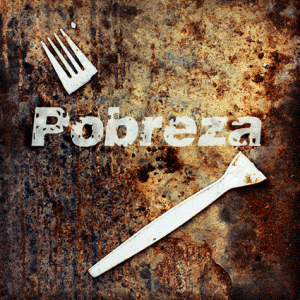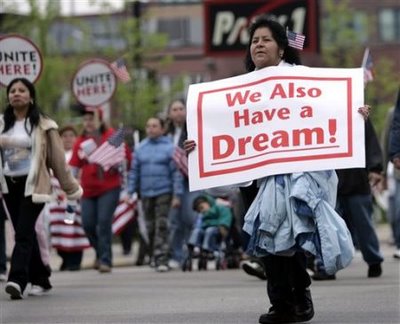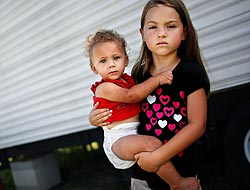Hispanic Poverty in Colorado
One of the great challenges that we must address in this country is the economic gap that still separates Hispanics from the white community. Especially troubling is recent data concerning child poverty that situates Hispanic Americans among the most poverty stricken. While this is a problem nationwide, the situation is twice as significant in the state of Colorado, where the level of child poverty has risen more than anywhere else in the country, according to a recent report by the Campaign for Children of Colorado (CCC). This increase is linked with a rise in the number of low-income Hispanic families in the state.
The report indicates that between 2000 and 2010, child poverty rose 72 percent in Colorado. This scary statistic should be cause for reflection and the adoption of urgent measures to resolve the problem. This reality isn’t surprising to those who know first hand the difficulties that Latinos habitually face nationwide. In Colorado these difficulties are reflected in the high percentage of Hispanic families that are among the poorest in the country.

Standards of living for these poor Hispanic families in Colorado starkly contrast those of the non-Hispanics, who earn incomes higher than that of the national average. This translates into huge social and economic breaches. In Colorado, Hispanic children and African American children are more likely to live in poverty than white children, and the average income of non-Hispanic families are between 20 and 30 percent greater than that of Hispanic families. This revealing data presents us with a troubling reality and alerts us to the necessity of taking economic and integrative measures.
The poverty level is calculated by taking into account factors such as underweight births, teenage pregnancy, child mortality, teenage mortality, drop-out rates, unemployed young people, children that live with unemployed parents, and single parents.
CCC’s report reveals that a third (35 percent) of Hispanic children in Colorado live in families with one adult, demonstrating the connection between poverty and single parent families. Once more the marginalization of conservative values is behind situations that lead to poverty and a lack of opportunities for progress, as these precarious economic and familial situations directly affect the physical and emotional wellbeing, as well as the academic performance of these children.


According to the CCC, the highest levels of child poverty in Colorado are in the Denver metropolitan area, where there are 35,000 more poor children than in the year 2000, and in Valle San Luis, an agricultural and predominately Hispanic area in Southern Colorado. Hispanic poverty is also apparent in Commerce City, a suburb of Denver, where 83 percent of the children come from low-income families, and in Elyria-Swansea, a Latino neighborhood to the north of Denver, where there are no supermarkets, because business owners fear that the people there are so poor that businesses won’t generate any profits. This means that these families must travel miles outside their neighborhood to buy fresh food.
CCC’s report indicates that the percentage of poor Hispanic children in Colorado is double that of non-Hispanic children (30 percent versus 15 percent) at two points higher than the national average. Again, this problem of teenage motherhood is combined with poverty and one in three Hispanic teenagers consider suicide, twice as many as young people of other ethnic origins.
Any politician that wants integration for Hispanics and all their potential into mainstream American society, must encourage family values, education and employment opportunities that will promote stability for Hispanic families and drastically reduce of child poverty.







